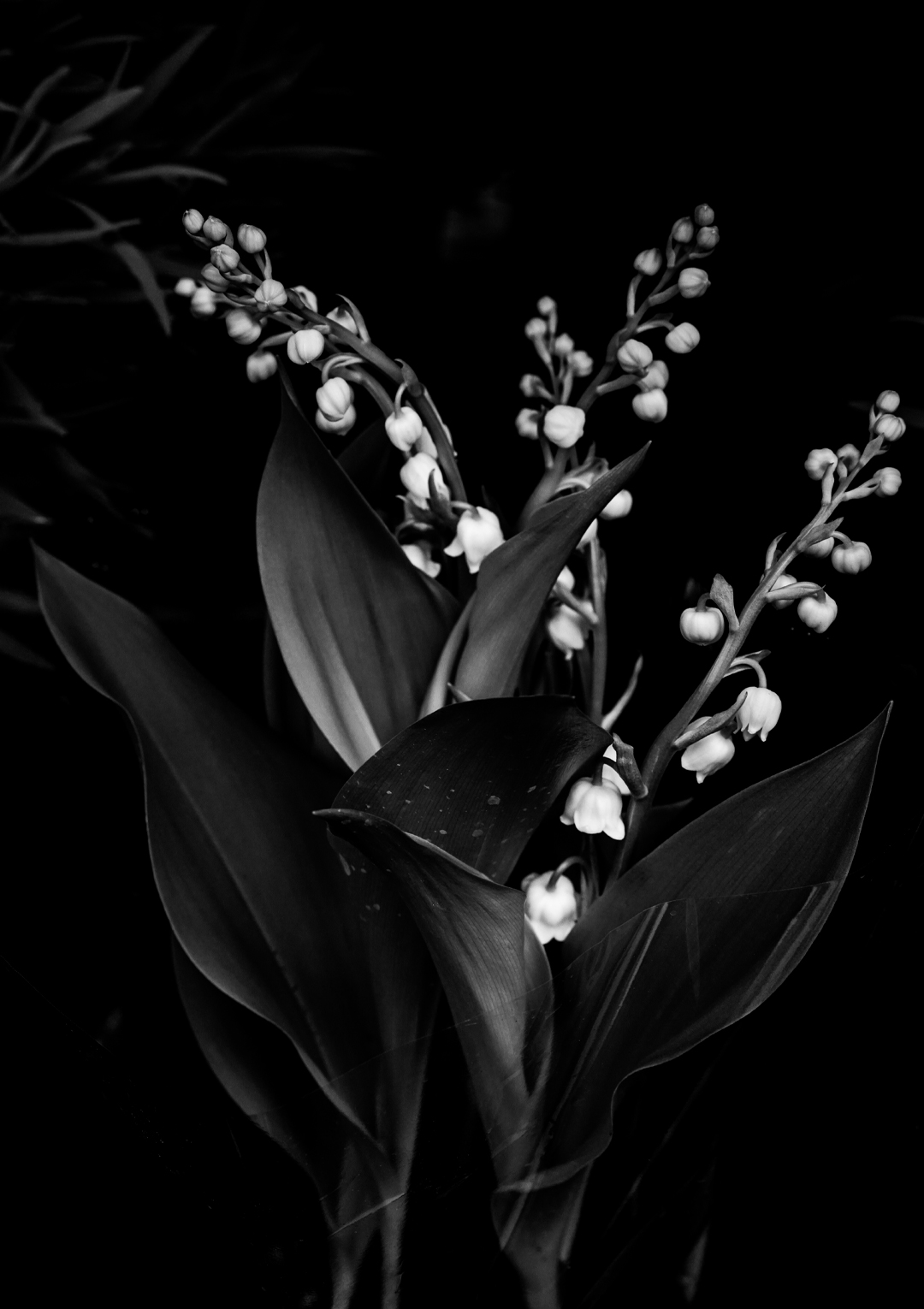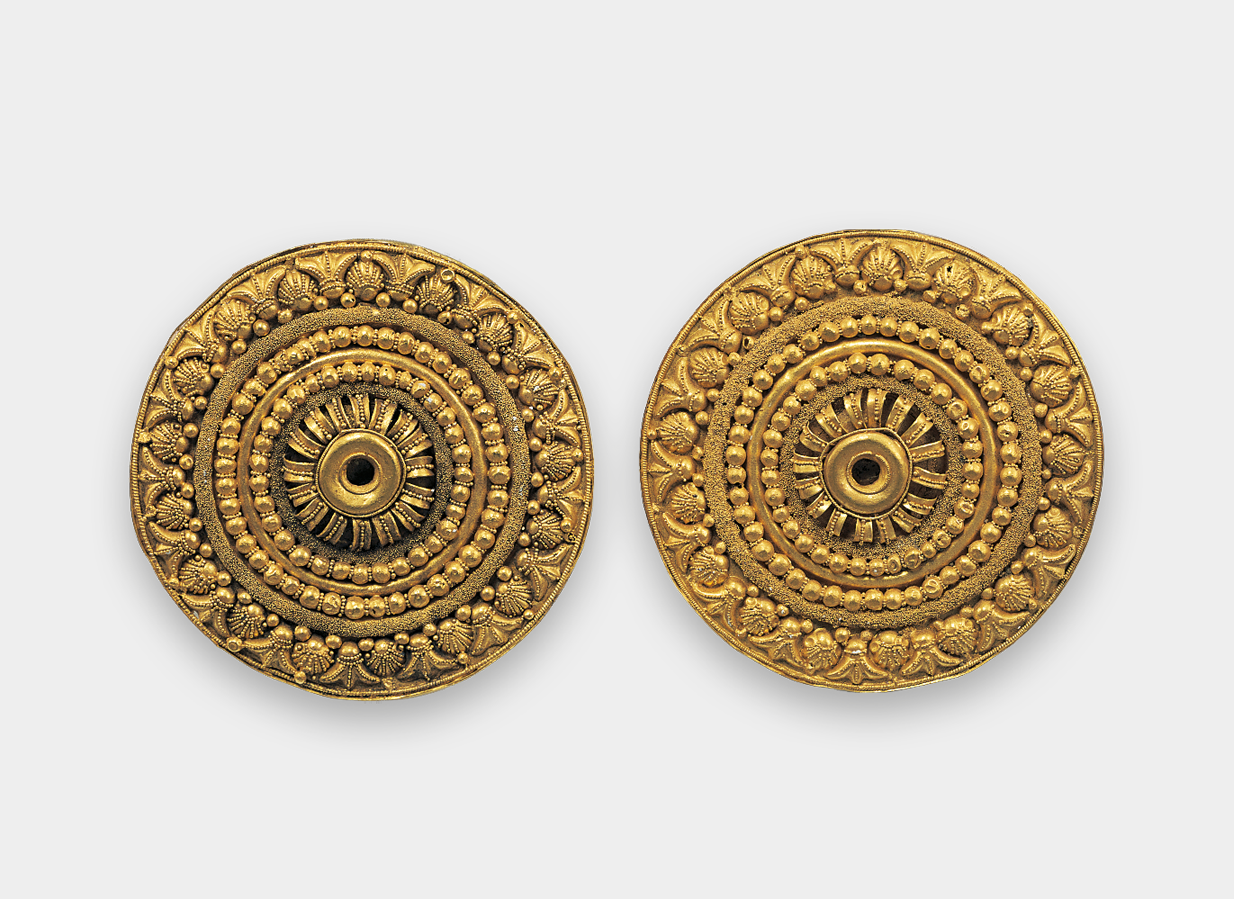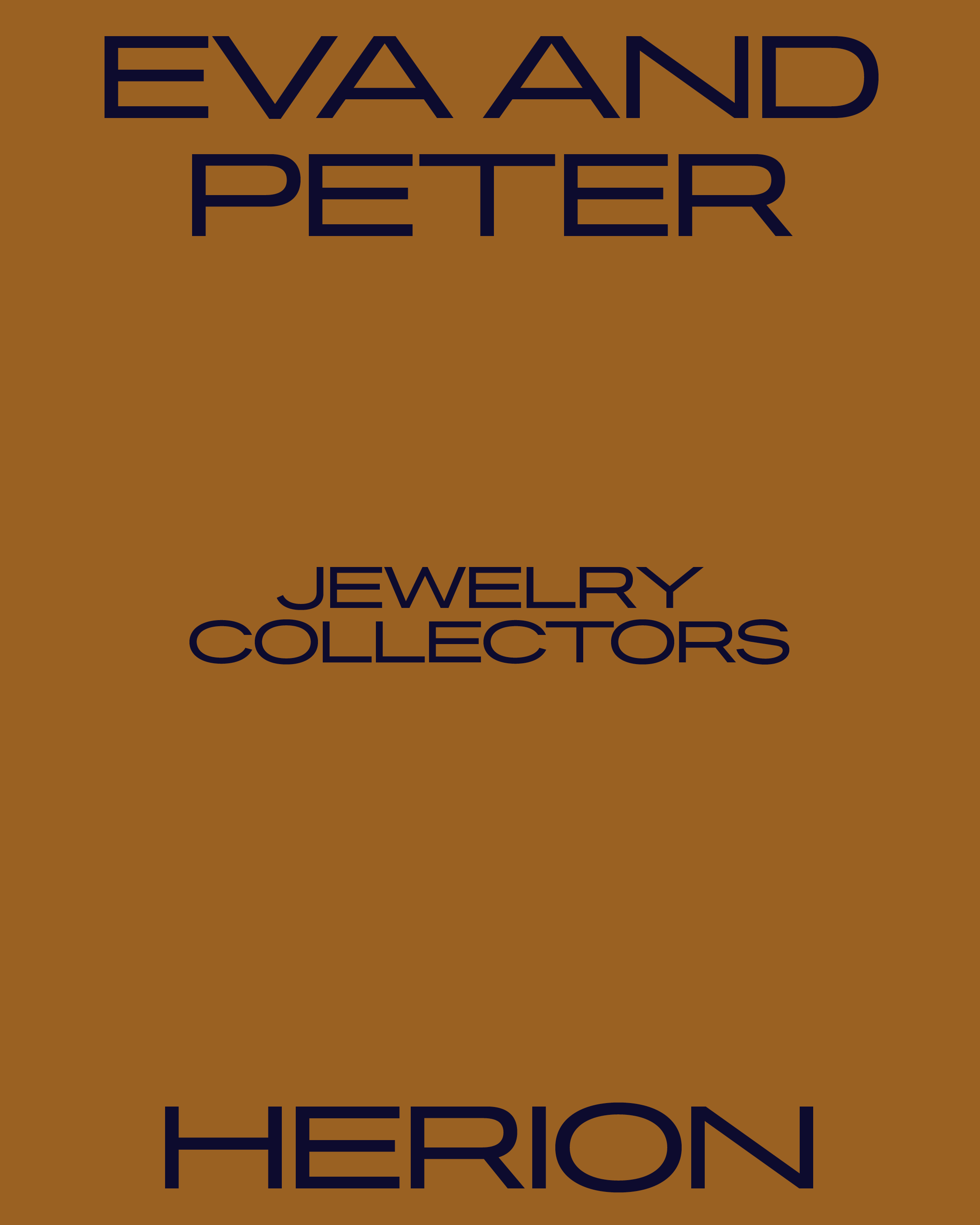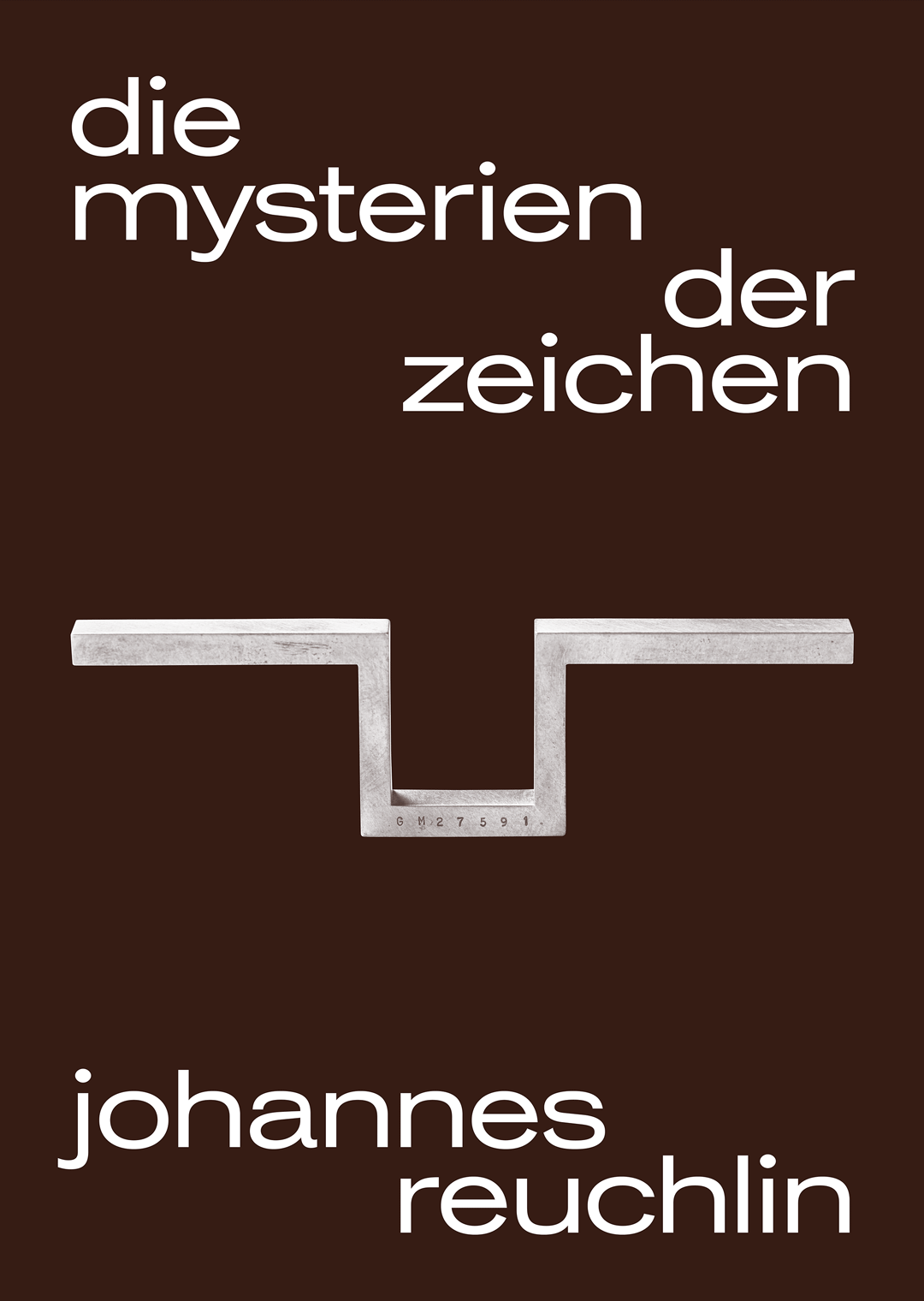Evolving Jewelry Art
MORE INFORMATION
Published on
17.06.2022
–
Schmuckmuseum Pforzheim Collections
Buy Book: The Roman Empire in Late Antiquity: A Political and Military History
Buy Book: Constantine – Dynasty, Religion and Power in the Later Roman Empire
Above object
Byzantine belt segment
Gold, enamel
Sicily, about 1000
Photography by
Günter Meyer
Texts by
Cornelie Holzach
Fritz Falk
A melting pot of jewelry influences, originating with Constantine the Great and the Eastern Roman Empire in Byzantium to Northern Europe, Southern Europe, the Black Sea, Pannonia and south of the Alps.
No matter the location, jewelry has often been a subject of luxurious tastes and aristocracy, imperial courts and honorary gifts of merit, as well as emblems of artistic tastes from a very specific time and region, including notable iterations from the Ostrogoths and Pannonians.
The Ostrogoths were Germanic people who hailed from the Roman era. In the 5th century, they followed the Visigoths in creating one of the two great Gothic kingdoms within the Roman Empire. The new Ostrogothic kingdom which came to rule Italy was formed in the Balkans under the influence of the Amal Dynasty, the family of Theodoric the Great.
THE IMPERIAL MEETS CHRISTIANITY
After Constantine the Great (274–337 AD) had declared the ancient city of Byzantium the centre of the Eastern Roman Empire and Christianity had become the established religion, goldsmiths adapted their art to both the luxurious tastes at the imperial court and the requirements of the Christian church.
A necklace complemented with a medallion portraying a Byzantine emperor and created in the 6th century (Gold Chain with Portrait Medallion and Pearl Remnants) testifies to this new kind of splendour. It was probably a precious honorary gift bestowed on a meritorious member of the court society. A gold pendant enhanced with gemstones (Lunula Pendant on Gold Chain with Sardonyx, Emeralds, Sapphire and Pearls) and revealing Byzantine influence was presumably crafted around the year 600 in a monastery in Syria, whereas a comprehensive jewelry set, made of gold and enamel and comprising a belt (Gold Byzantine Belt Segment with Enamel), a necklace, earrings, a bracelet and a cross-shaped pendant, was created in the Byzantine style in Sicily around the year 1000.
Pannonia, once a province of the Roman Empire, is linked to present-day western Hungary and parts of eastern Austria, as well as portions of several Balkan states, primarily Slovenia, Croatia, and Serbia. The Pannonians were mainly Illyrians, but there were some Celts in the western part of the province.
FROM NORTH TO SOUTH
The Germanic peoples who migrated from northern Europe to the south between the 4th and 7th centuries merged their own traditions with those of the civilizations they encountered. The style of the jewelry created by the Ostrogoths, who came to Northern Italy in the early 6th century via the regions around the Black Sea and Pannonia (present-day Hungary), is exemplified at Schmuckmuseum Pforzheim by a pair of magnificent fibulae (Partly Gilt Silver Almandines and Niello). Found in Northern Italy, these garment fasteners display the characteristic features of Ostrogothic-Pannonian art. It can be assumed that they were crafted in the late 5th century and “migrated” from Pannonia to Italy along with their Ostrogoth owner.
AND EAST TO WEST
In the Middle Ages, goldsmiths practiced their art mainly in the service of the aristocracy and the Church. Only a few pieces of jewelry from this era have survived. In terms of its shape and the crafting technique used, a brooch (round fibula) dating back to the early 11th century (Gold Ottonian Round Fibula Brooch with Pearls and Garnet) reveals the artistic contacts between the Ottonian emperors in the West and the Byzantine Court in Constantinople.

Ottonian round fibula (brooch)
Gold, pearls, a garnet
Early 11th century

Byzantine belt segment
Gold, enamel
Sicily, about 1000

Details of the Byzantine belt segment

Ostrogoth fibulae
Partly gilt silver, almandines, niello
Pannonia, late 5th century

Byzantine lunula pendant on a chain necklace
Gold, a sardonyx, emeralds, a sapphire, pearls
Syria, about 600
On permanent loan from the Ministry of Science, Research and the Arts Baden-Württemberg

Necklace with a portrait medallion
Gold, pearls (incomplete)
Byzantine Empire, second half of the 6th century

Reliquary pendant
Gold, rock crystal, enamel
Burgundy, about 1400
On permanent loan from the Ministry of Science, Research and the Arts Baden-Württemberg
Niello, derived from the latin “Nigellus” for blackened, is a metallic sulfur-based alloy which is used as a surface decoration when fused to a metal base. The luster of niello is metallic instead of vitreous and much tougher than enamel.
THE DAWN OF NEW LUXURY
In the late Middle Ages, when a new sense of life emerged south of the Alps along with the Renaissance, a new luxury culture also began to blossom at the royal and ducal courts in Paris and Burgundy. Quite often, it was still characterized by references to religion, as is displayed by a precious pendant (Gold Reliquary Pendant in Rock Crystal and Enamel) that was presumably crafted in a Burgundian workshop around 1400 on commission by a duke.
Shaped like a winged altar, it features an enamelled figurine representing Mary, being crowned by angels and placed on top of two small compartments for relics that no longer exist. Although still firmly embedded in the foundations of Christian religion, this pendant – which passed into the ownership of Emperor Charles V in the 16th century – already presages the advent of the luxurious jewelry that evolved in the course of the 15th century.
The history of jewelry has closely paralleled the history of mankind. Used as amulets to protect against harm and worn for ceremonial occasions, jewels also signaled wealth, power and position.



